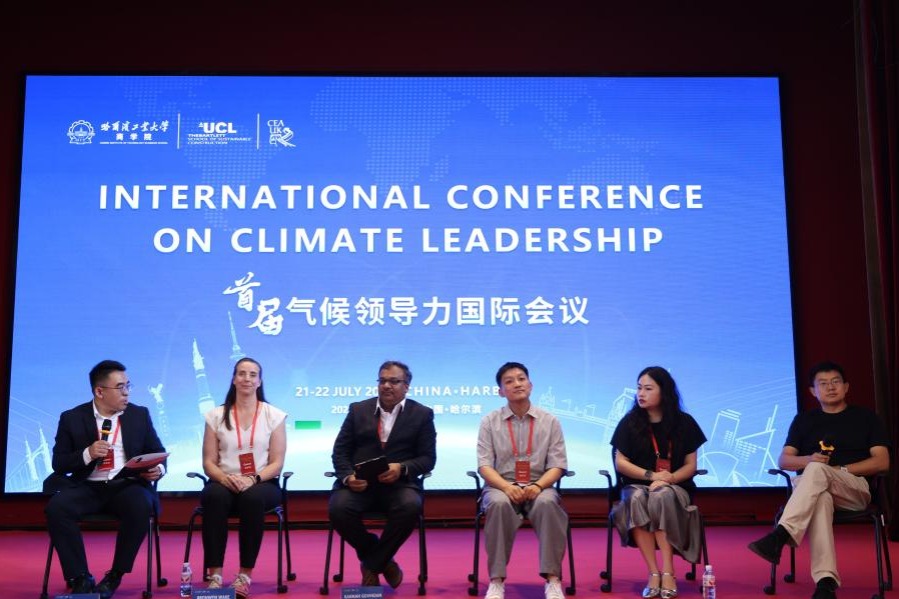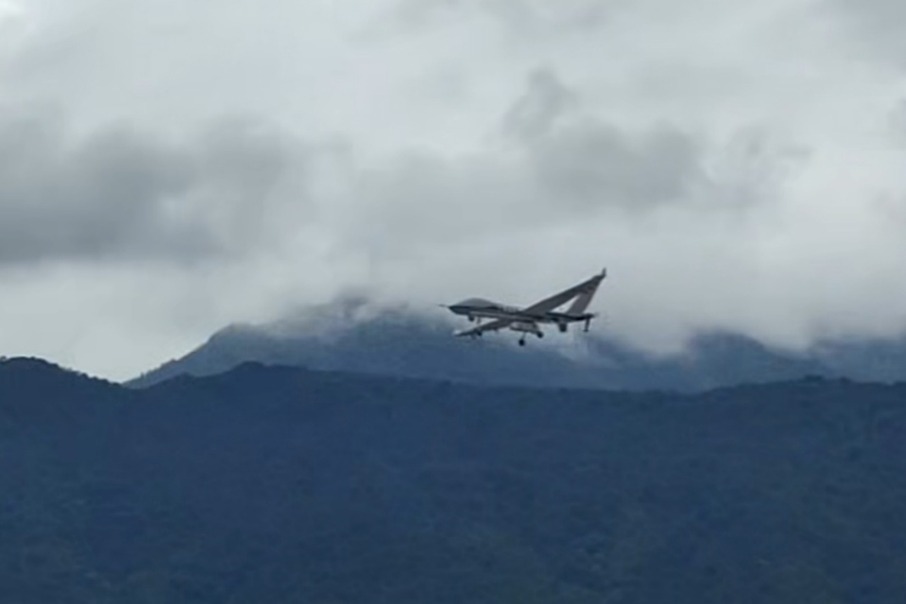Joint space research promising despite rhetoric

Despite tough rhetoric on China in the US presidential campaign, experts see space research as a unique opportunity for collaboration between the world's two largest space powers.
The campaign has emphasized rivalry with China — with the Democratic candidate, Vice-President Kamala Harris, vowing to ensure that "America, not China, wins the competition for the 21st century", and the Republican candidate, former president Donald Trump, threatening increased tariffs on Chinese goods to 60 percent or higher.
Washington, however, continues to pursue space-related dialogue with Beijing, particularly regarding Chinese lunar samples.
The prospect for cooperation has gained momentum following China's historic Chang'e 6 mission in June, which became the first to retrieve rock and soil samples from the far side of the moon.
That achievement has sparked discussions about potential scientific collaboration, as the samples could help researchers understand how to exploit lunar resources for future long-term space missions.
"China's unprecedented success in retrieving lunar samples from the far side of the moon has offered the country a valuable opportunity to welcome scientists, regardless of their nationalities, to jointly study these samples," said Mei Gechlik, founder and CEO of Sinotalks, a Silicon Valley-based think tank and consultancy.
"Whoever wins the US presidential election should welcome this opportunity to allow US scientists' participation in the studies of these lunar samples. Scientific discoveries from these joint studies will not only break new ground in science but also help demolish barriers in geopolitics," she said.
Chinese officials offered the material to the world's scientists for study. However, the so-called Wolf Amendment, a bill introduced by former US representative Frank Wolf in 2011, bars bilateral collaboration between NASA and Chinese space organizations.
The law, designed to prevent China from accessing US space technology, has drawn criticism from experts who believe it has failed to achieve its intended goals while hampering scientific exchange.
Makena Young, an aerospace security expert at the Center for Strategic and International Studies, wrote in a 2019 review of the effect of the amendment that the restrictions "only serve to stifle mutually beneficial cooperation for science and exploration".
Powerful avenue
Howard W. French, a global affairs columnist for Foreign Policy, wrote in a recent article, "There has never been a better time to reconsider this ill-conceived restriction." He views joint space research as "one of the most powerful avenues for serious, high-level cooperation" between the two nations.
French identified a few areas where US-China collaboration could prove crucial. One is the current crisis with two NASA astronauts stranded on the International Space Station after technical issues with Boeing's Starliner spacecraft. Their mission, launched on June 5, was originally set for eight days but has been extended for months, with their return now expected in late February.
Another critical area is the growing challenge of space debris, which risks both manned missions and satellites. He suggested this area should allow the two countries to "fashion an agenda of deep cooperation more easily".
Gechlik proposed standardizing lunar time as another potential area for collaboration. "The current lack of a standard lunar time makes it difficult to accurately position and navigate multiple lunar operations occurring simultaneously, putting everyone involved in the operations at risk," she explained.
"Scientific discoveries from these joint studies will not only break new ground in science but also help demolish barriers in geopolitics," she said.
Today's Top News
- What's behind Nvidia's charm offensive?
- Xi urges China and EU to strengthen bilateral relationship for a brighter future
- China's basic medical insurance covers 95% of population
- Summit seen as opportunity to strengthen ties
- China leads boldly in global energy transition
- NHS doctors in England to strike over pay






























